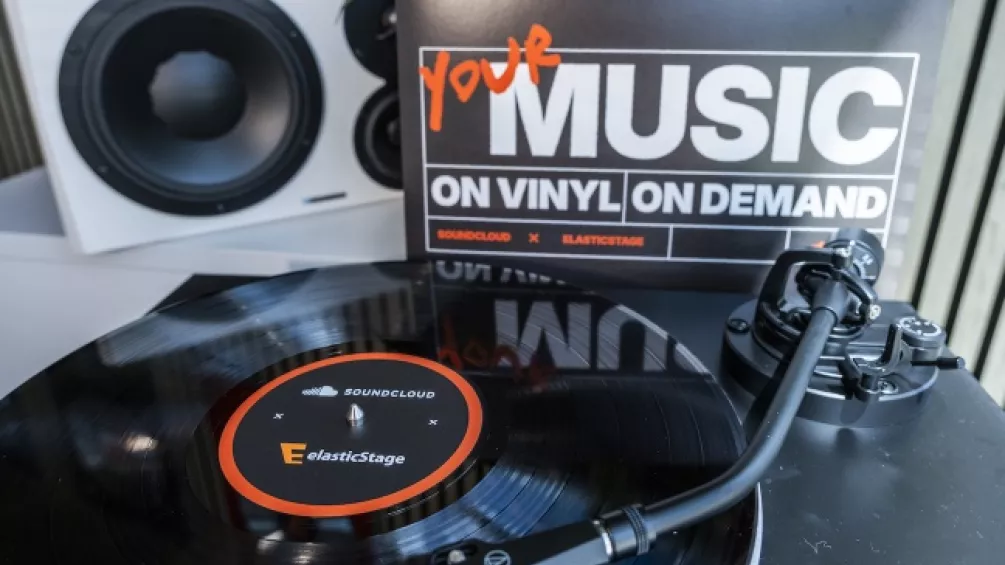
Kneecap: for the culture
Whether you lean towards viewing it more as a fictionalised, or semi-fictionalised, account, the film opens with a scene that underscores the fact that sometimes truth is much wilder than fiction: Móglaí Bap’s christening at a hallowed Catholic site, Colin Glen Mass Rock, situated in a woodland south of Belfast. An instant curveball that sets the tone for the rest of its 105-minute running time, the real-life event for baby Naoise marked the first christening held at the site in 200 years, set against the backdrop of British army helicopters hovering overhead.
“Like anything, we don’t want to go in and take people by the hand,” says Mo Chara, when pressed on whether it’s more fictionalised or semi-fictionalised. “Some of the wilder stuff has actually been toned down. At the same time, nobody is expecting it to be one hundred percent true. It’s kind of along the lines of something like Fargo, wherein it’s not a true story despite it claiming to be. Either way, if it seems predictable, we’ll try to avoid it. But also, to be clear: I don’t necessarily have a kink for Protestants.”
The film’s likely success hinges on its faithfulness to the dark humour that can come with living in 21st-century Belfast. While ‘Fine Art’ may not win over all sceptics, particularly those who might actively mistake its authenticity for deliberate provocation, Kneecap, the film, is remarkably endearing. It manages this by immediately subverting expectations, opening with a freeze-frame of a bomb detonating in 1970s Belfast and breaking the fourth wall to assure the audience of its intelligence. Instead of opting for the predictable route, it instead weaves perfectly tripped-out scenes like the trio hallucinating Gerry Adams on ket, all while delving deep into themes of family, identity, and community.
“We were really conscious of other movies that came before us,” says Móglaí Bap. “We didn’t want a movie that depicts us as three stupid working-class fellas bumping into each other and fumbling through life. We didn’t want it to be cringy or silly. We wanted to represent the culture that is happening right now.”
“Everyone worked hard on it for a few years,” adds Mo Chara. “People seem to be really enjoying it, which is a relief. It was really important for us to keep it colloquial and not water it down for a bigger audience. We wanted to make it as Belfast as possible and I think we’ve done a good job of that. That’s why anyone from here is going to find it way funnier than someone from Michigan or somewhere. And we had a bit of fun, which brought out the best in it.”





